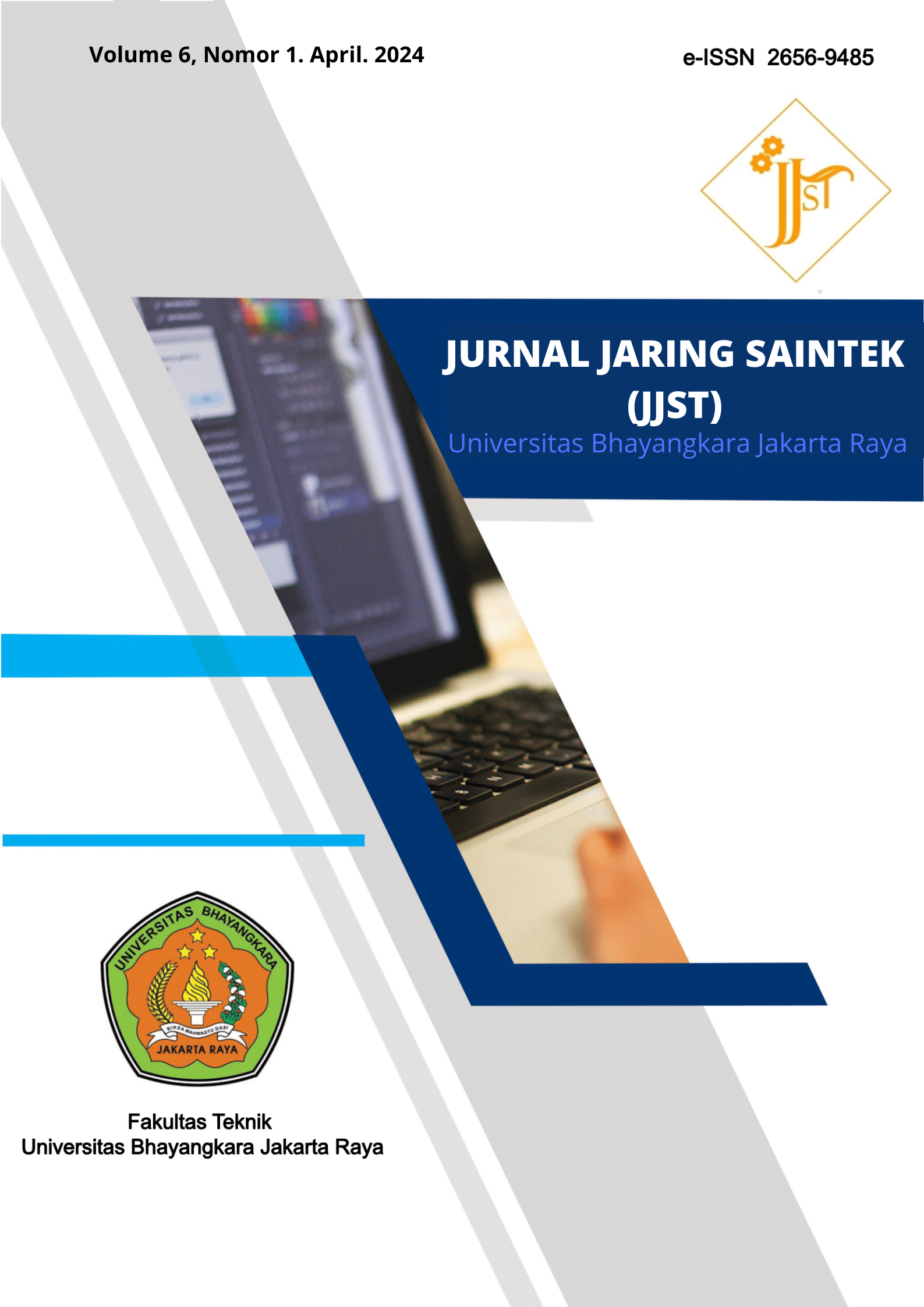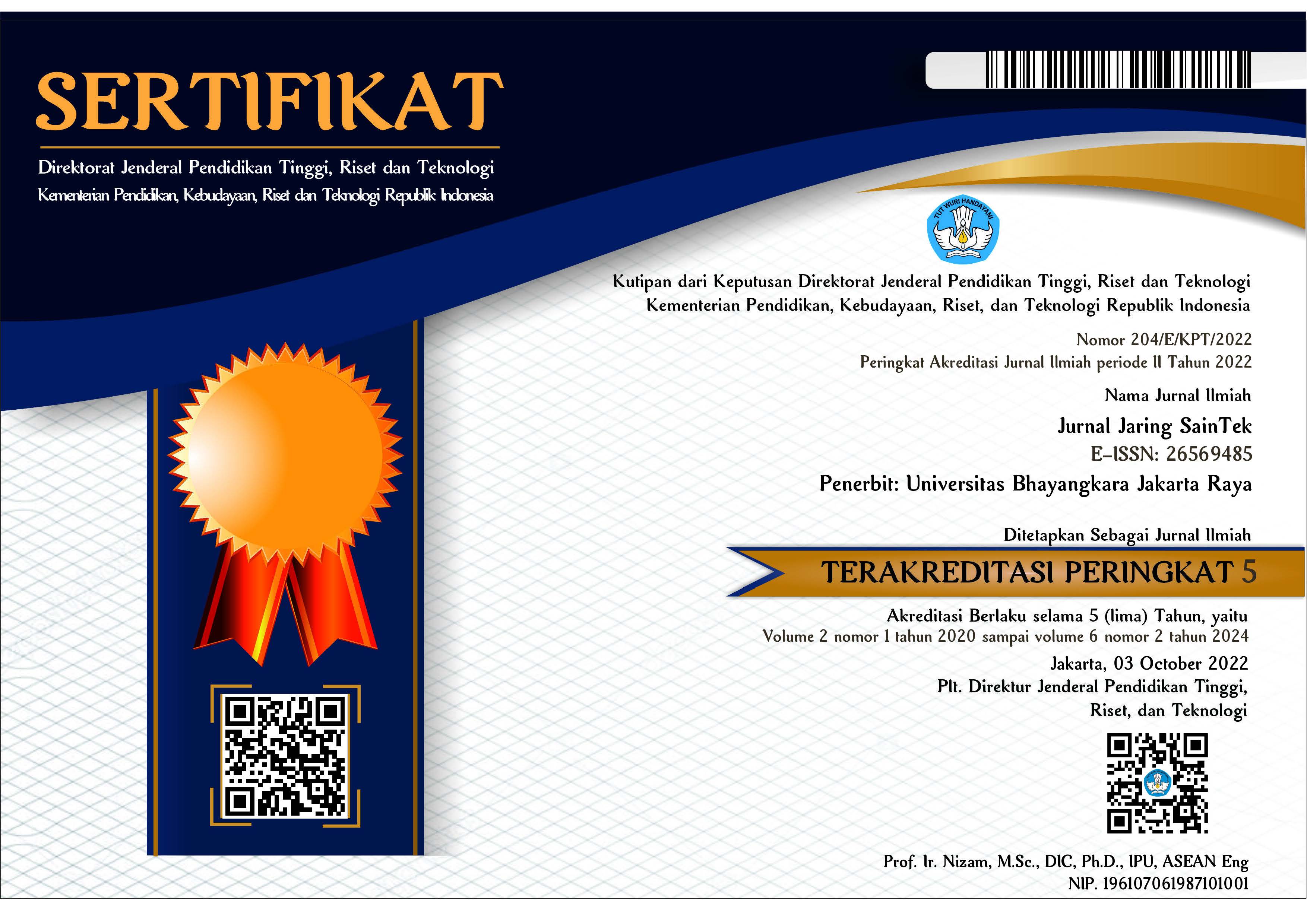Linear and Nonlinear Simulation for Quadrotor Dynamics Encompassing Induced Disturbance
DOI:
https://doi.org/10.31599/mtj88e71Keywords:
Quadrotor, Linear simulation, Nonlinear simulation, DisturbanceAbstract
Quadrotor is a rotorcraft that has four rotors, usually symmetrical and arranged in some specific configuration, i.e. ‘plus’ and ‘cross’ configuration. To test a new control system for quadrotor, it is necessary to put it on board first and have a flight test. However, controlling a quadrotor is a hard task, hence the risk of crash is high. This risk can be reduced by creating a simulation model that represents the dynamics of quadrotor accurately. This paper aims to provide the simulation model of a quadrotor. To increase accuracy of this model, the disturbance induced by the motion of the quadrotor were also taken int account. The simulation was built in Simulink based on the kinematics and dynamics equation of quadrotor both in linear and nonlinear simulation. In most cases, the attitude response (roll, pitch, and yaw) for both simulations were nearly the same. The most notable difference was for the elevation response in which the linear simulation tended to be unable to capture the deviation, while the nonlinear simulation was able to.
Downloads
References
Abdelmaksoud, S. I., Mailah, M., & Abdallah, A. M. (2020). Control strategies and novel techniques for autonomous rotorcraft unmanned aerial vehicles: A review. In IEEE Access (Vol. 8, pp. 195142–195169). Institute of Electrical and Electronics Engineers Inc. https://doi.org/10.1109/ACCESS.2020.3031326
Al-Shareeda, M. A., Saare, M. A., & Manickam, S. (2023). Unmanned aerial vehicle: a review and future directions. In Indonesian Journal of Electrical Engineering and Computer Science (Vol. 30, Issue 2). https://doi.org/10.11591/ijeecs.v30.i2.pp778-786
Basri, M. A. M., Husain, A., & Danapalasingam, K. (2015). Stabilization and trajectory tracking control for underactuated quadrotor helicopter subject to wind-gust disturbance. Sadhana - Academy Proceedings in Engineering Sciences, 40(5), 1531–1553. https://doi.org/10.1007/s12046-015-0384-4
FRANCESCO SABATINO. (2015). Quadrotor control: modeling, nonlinear control design, and simulation. In KTH Electrical Engineering (Vol. 41, Issue 3).
Gonzalez-Dugo, V., Zarco-Tejada, P., Nicolás, E., Nortes, P. A., Alarcón, J. J., Intrigliolo, D. S., & Fereres, E. (2013). Using high resolution UAV thermal imagery to assess the variability in the water status of five fruit tree species within a commercial orchard. Precision Agriculture, 14(6). https://doi.org/10.1007/s11119-013-9322-9
Ibrahim Jenie, Y., Rafi Hadytama, M., Syafi, I., & Arifianto, O. (2018). A State Space Linear Mathematical Model and Simulation of a Quadrotor Unmanned. International Journal of Mechanical and Production Engineering, 6, 2321–2071. http://iraj.
Idrissi, M., Salami, M., & Annaz, F. (2022). A Review of Quadrotor Unmanned Aerial Vehicles: Applications, Architectural Design and Control Algorithms. In Journal of Intelligent and Robotic Systems: Theory and Applications (Vol. 104, Issue 2). Springer Science and Business Media B.V. https://doi.org/10.1007/s10846-021-01527-7
Jenkins, D., & Vasigh, B. (2013). The Economic Impact of Unmanned Aircraft Systems Integration in the United States. In Association for Unmanned Vehicle Systems International (Issue March).
Lee, S., Seo, J., Lee, J., Boss, C., & Choi, J. (2023). Output feedback control design for quadrotor using recursive least square dynamic inversion. Mechatronics, 92. https://doi.org/10.1016/j.mechatronics.2023.102981
Omar, H. M. (2022). Hardware-In-the-Loop Simulation of Time-Delayed Anti-Swing Controller for Quadrotor with Suspended Load. Applied Sciences (Switzerland), 12(3). https://doi.org/10.3390/app12031706
Partovi, A. R., Kevin, A. Z. Y., Lin, H., Chen, B. M., & Cai, G. (2012). Development of a cross style quadrotor. AIAA Guidance, Navigation, and Control Conference 2012. https://doi.org/10.2514/6.2012-4780
Rahani, F. F., & Priyambodo, T. K. (2019). Implementasi Full State Feedback LQR dengan JST pada Kendali Ketinggian Quadrotor. Jurnal Nasional Teknik Elektro Dan Teknologi Informasi (JNTETI), 8(4). https://doi.org/10.22146/jnteti.v8i4.536
Sadr, S., Moosavian, S. A. A., & Zarafshan, P. (2014). Dynamics modeling and control of a quadrotor with swing load. Journal of Robotics, 2014. https://doi.org/10.1155/2014/265897
Suthanthira Vanitha, N., Manivannan, L., Meenakshi, T., & Radhika, K. (2020). Stability analysis of quadrotor using state space mathematical modeling. Materials Today: Proceedings, 33. https://doi.org/10.1016/j.matpr.2020.06.428









